In the velvety darkness of night, a world of exceptional predators takes flight. Night raptors—owls and other nocturnal birds of prey—represent nature’s perfect fusion of stealth, precision, and deadly efficiency. These remarkable birds have evolved specialized adaptations that allow them to rule the nighttime skies with an almost supernatural presence. Their silent flight, acute senses, and specialized hunting techniques make them among the most successful predators on Earth. As we venture into their mysterious realm, we discover creatures that have captivated human imagination for millennia—birds that seem to drift like ghosts through the darkness, bringing swift death to unsuspecting prey with their razor-sharp talons.
The Evolutionary Marvel of Night Hunting
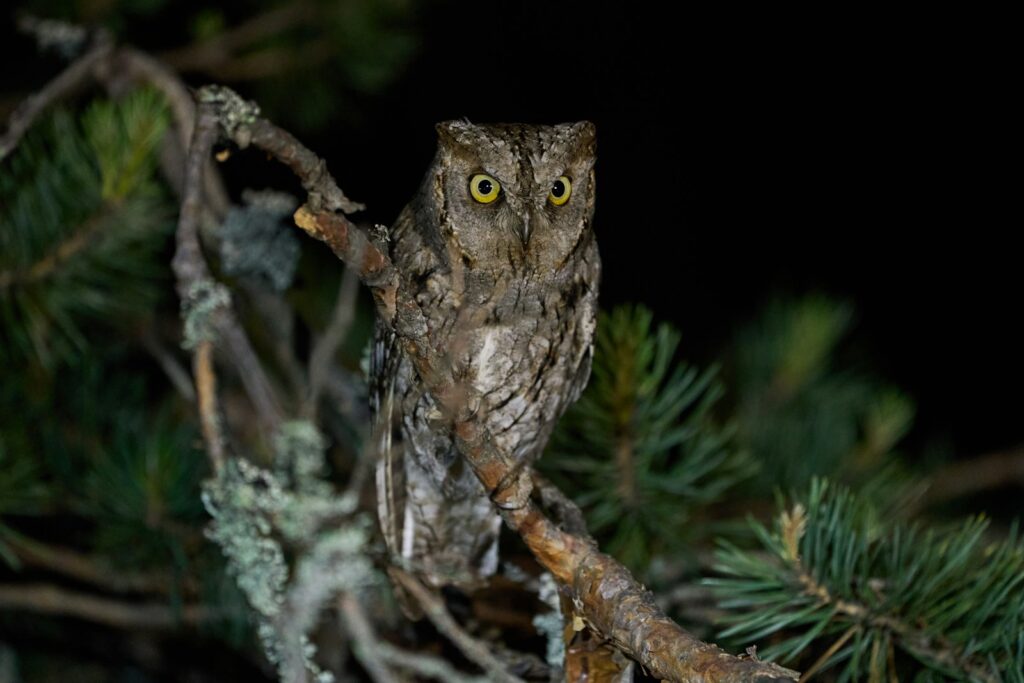
Night raptors represent a stunning example of evolutionary adaptation, having developed specialized traits over millions of years that allow them to thrive in darkness. Unlike diurnal raptors that rely heavily on vision, nocturnal birds of prey have evolved a sophisticated suite of sensory capabilities that compensate for the limited light available during their hunting hours. This evolutionary divergence began approximately 45 million years ago, when certain raptor lineages began exploiting the night hours as a way to access prey resources unavailable during daylight hours. The competitive advantage of hunting while potential competitors rest proved so successful that these birds developed increasingly specialized adaptations for nocturnal living. Today’s night raptors stand as testament to nature’s remarkable ability to shape species for specific ecological niches, demonstrating how evolutionary pressures can produce extraordinary specialization.
Masters of Silent Flight
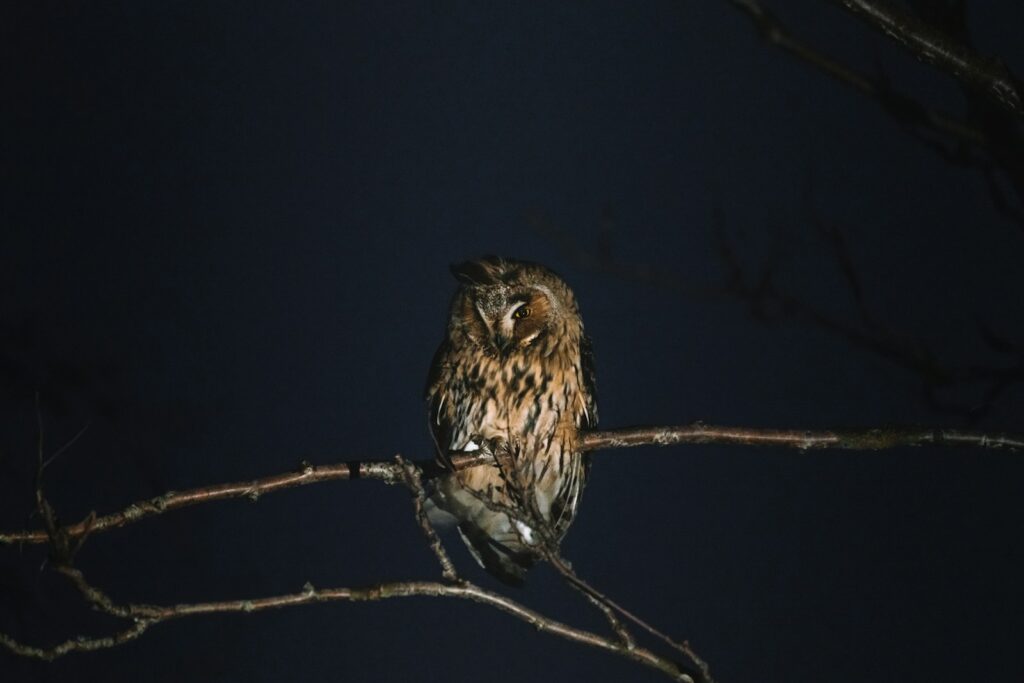
Perhaps the most remarkable adaptation of night raptors is their ability to fly in near-total silence, a feature most pronounced in owls. This ghostlike movement comes from several specialized feather modifications not found in other birds. The leading edge of an owl’s primary wing feathers features a comb-like fringe that breaks up the turbulent air that would normally create sound. The trailing edge of their wings contains a soft fringe that further dampens sound by eliminating the sharp edge where air would typically create noise. Additionally, their wing and body feathers have a velvety texture that absorbs sound waves, while their large wing surface area relative to body weight allows for slower flight speeds that generate less noise. This sophisticated sound-dampening system allows night raptors to approach prey undetected, giving them a critical advantage in the darkness.
The Extraordinary Visual Adaptations

Night raptors possess visual systems that defy our understanding of night vision limitations. Their enormous eyes contain up to five times more rod cells (light-sensitive photoreceptors) than human eyes, allowing them to collect substantially more light in dim conditions. Many species, like the Great Horned Owl, have eyes so large they cannot move them in their sockets—instead, these birds can rotate their heads up to 270 degrees to view their surroundings. The retinas of night raptors contain a reflective layer called the tapetum lucidum that effectively gives light a “second pass” through the retina, dramatically enhancing light sensitivity. Some species can detect a moving mouse under starlight from more than 150 feet away or spot the UV-reflective urine trails of rodents, making hunting possible even on the darkest nights. These adaptations allow night raptors to operate effectively in light levels hundreds of times dimmer than what humans require.
Auditory Superpowers of Nocturnal Hunters
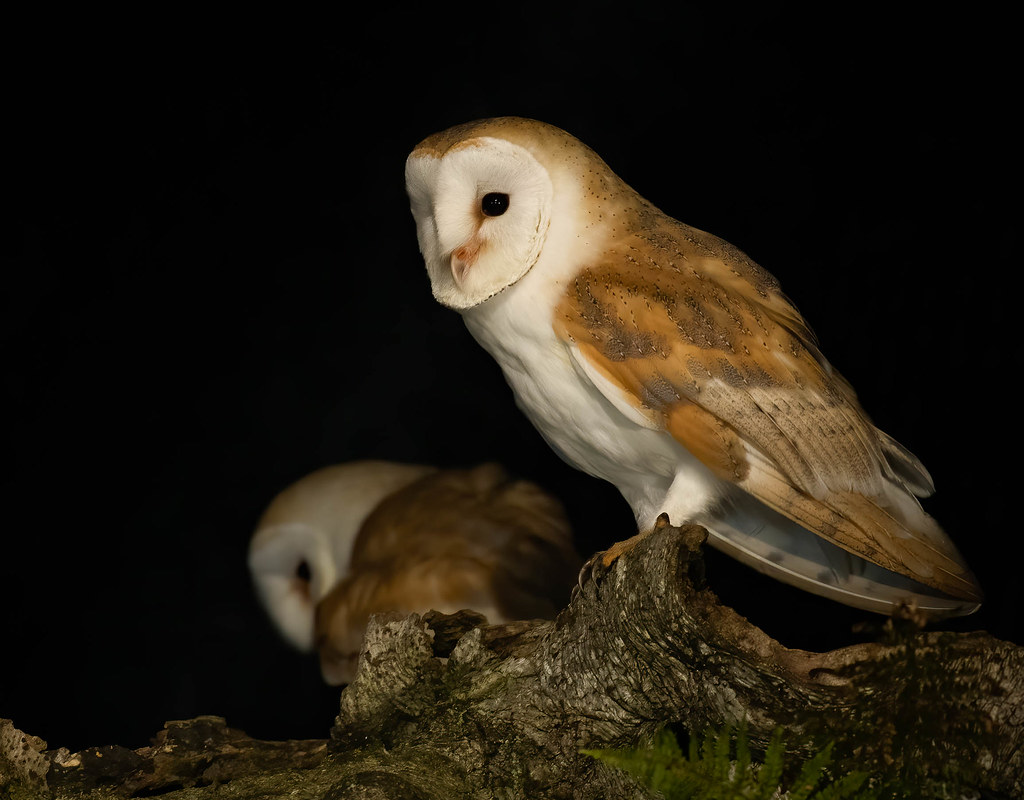
For many night raptors, especially owls, hearing serves as the primary hunting sense, with capabilities that border on the supernatural. The Barn Owl can locate a mouse moving under leaves with 99% accuracy in complete darkness using hearing alone. This remarkable precision comes from several specialized adaptations, including asymmetrically positioned ear openings—one higher than the other—which creates minute differences in sound arrival time, allowing the bird to triangulate prey location with extraordinary accuracy. The distinctive facial discs found on most owls aren’t merely cosmetic—they function as sophisticated sound-gathering structures that channel noise to the ear openings, much like satellite dishes. Inside the ear, night raptors possess more auditory neurons than most other birds, dedicated to processing spatial information. Some species can detect sounds at frequencies well beyond human hearing, including the ultrasonic vocalizations of rodents, essentially allowing them to “hear” prey animals communicating.
Deadly Precision: Talons and Hunting Techniques
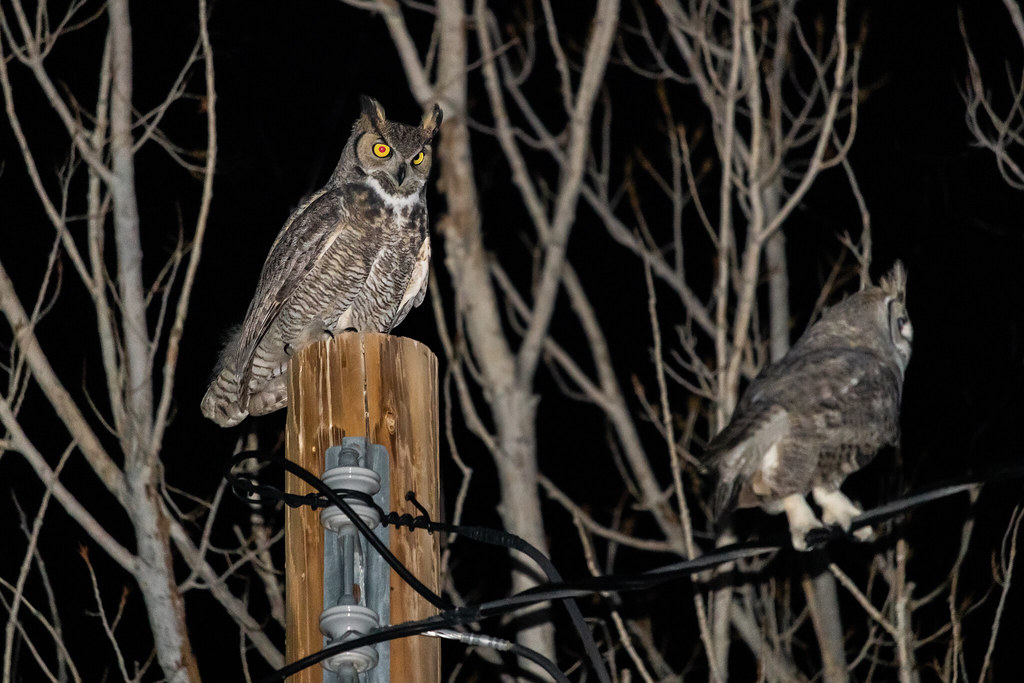
The primary weapons of night raptors are their formidable talons—curved, needle-sharp claws that deliver lethal force with surgical precision. These talons can exert tremendous pressure; a Great Horned Owl’s grip strength can exceed 500 pounds per square inch, easily crushing the skulls or spines of prey animals instantly. Most night raptors employ a specialized hunting technique where they strike with their feet forward, talons splayed to maximize the chance of contact. The foot structure allows for remarkable adaptability—some digits can swivel to face backward or forward depending on the prey being handled. Unlike daytime raptors that may pursue prey over distances, night hunters typically employ ambush tactics, dropping silently from perches or executing short, direct flights to intercept detected prey. Some species have developed specialized hunting techniques, such as the Northern Hawk Owl’s ability to hover in place while scanning for movement below, or the Barred Owl’s practice of wading into shallow water to capture aquatic prey with its talons.
The Diverse World of Owl Species
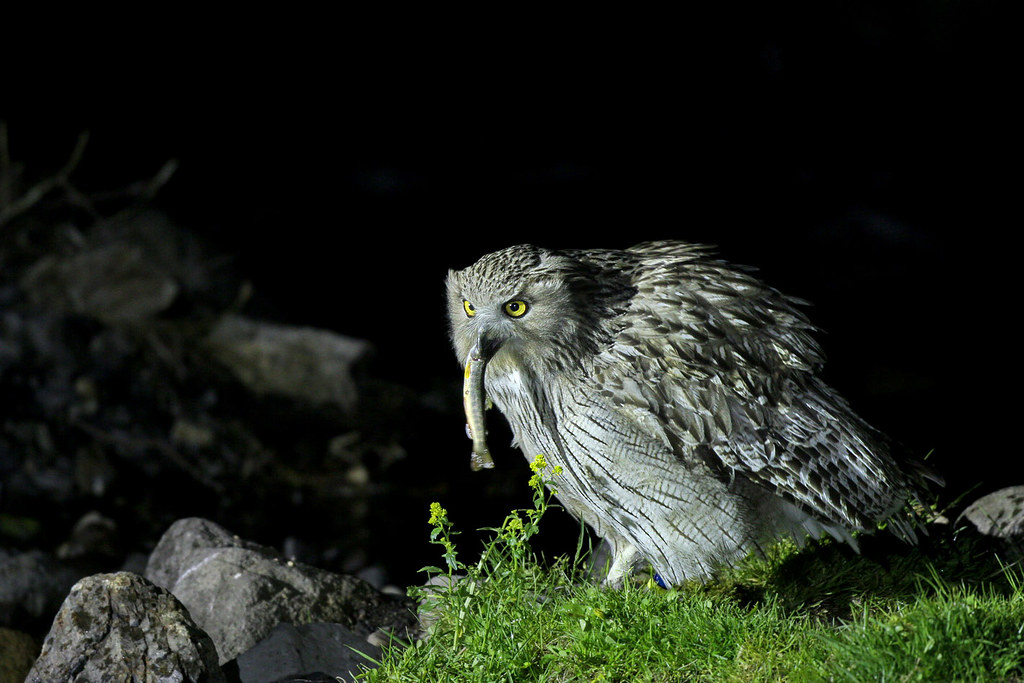
Owls represent the most numerous and specialized night raptors, with over 200 species distributed across every continent except Antarctica. Their remarkable diversity showcases nature’s adaptive genius, with sizes ranging from the diminutive Elf Owl weighing just 40 grams to the imposing Blakiston’s Fish Owl that can exceed 4.5 kilograms. Habitat specialization has driven remarkable variations among owl species—the desert-dwelling Burrowing Owl nests underground in abandoned rodent burrows, while the Snowy Owl has evolved pure white plumage for camouflage in its Arctic habitat. Diet specialization is equally diverse, with the Pel’s Fishing Owl developing specialized talons for gripping slippery fish, while the insectivorous Flammulated Owl possesses a wider gape for capturing moths and beetles in flight. Perhaps most remarkable is the range of vocalizations among owl species, from the familiar “who-who” of the Great Horned Owl to the eerie, descending whinny of the Eastern Screech Owl, adaptations that allow for precise communication in environments where visibility is limited.
Nightjars: The Other Night Hunters
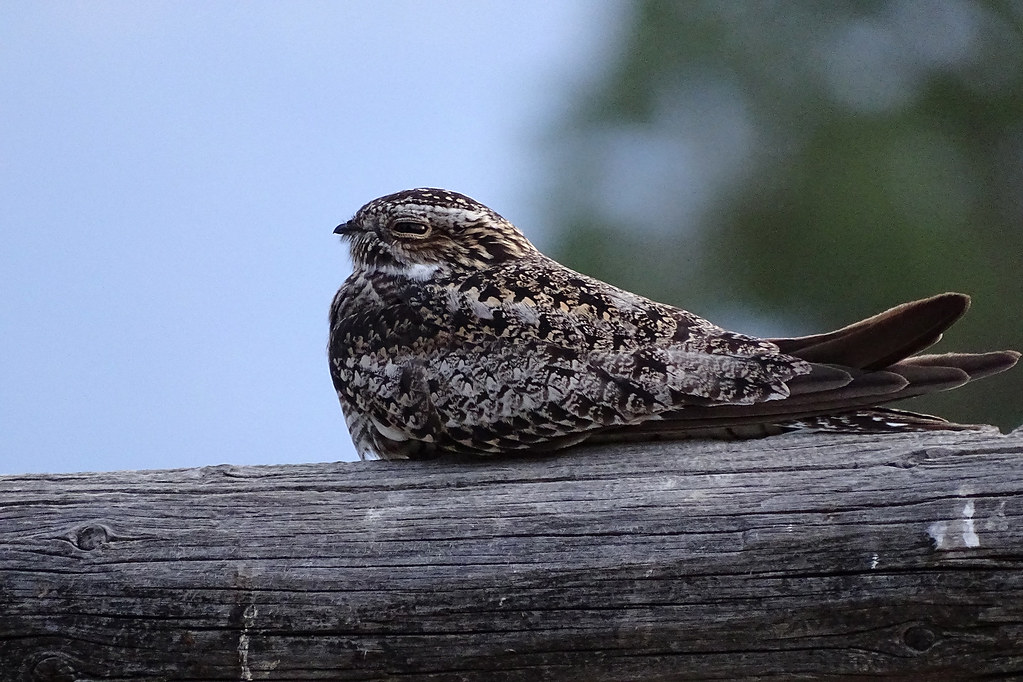
Though owls dominate discussions of nocturnal raptors, another remarkable group—the nightjars—represents an equally fascinating example of nighttime specialization. Unlike owls, nightjars (including whip-poor-wills, nighthawks, and frogmouths) are not true raptors but have evolved convergently to exploit the nocturnal hunting niche. These birds possess extraordinarily wide mouths fringed with sensory bristles that help them catch flying insects in midair, essentially functioning as living nets. Many nightjar species have evolved cryptic plumage that renders them nearly invisible when perched on tree branches or forest floors during daylight hours. Their large eyes contain exceptionally high densities of rod cells, giving them remarkable night vision capable of detecting the silhouettes of flying insects against the night sky. Some species, like the Australian Tawny Frogmouth, have developed hunting strategies that involve remaining motionless and mimicking broken branches, only to snap their enormous bills shut when prey ventures too close.
The Haunting Calls of the Night
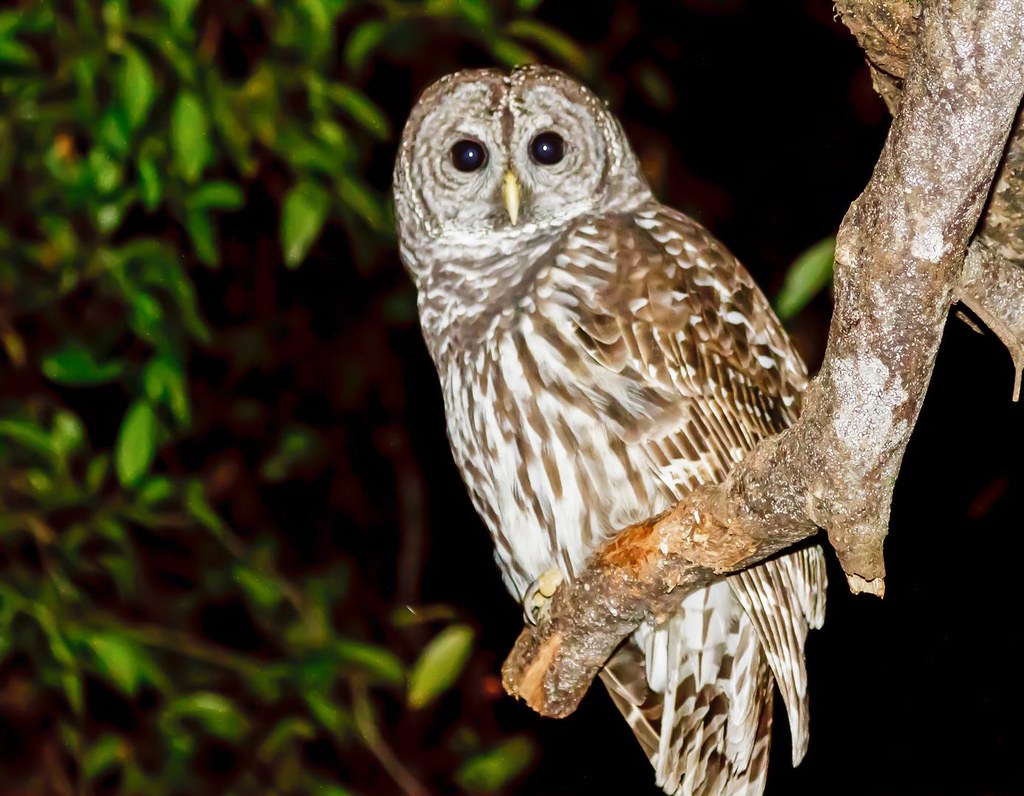
The vocalizations of night raptors have inspired both fascination and fear throughout human history, often becoming embedded in folklore and superstition. These calls serve critical biological functions, including territory defense, mate attraction, and parent-offspring communication. The deep, resonant hooting of a Great Horned Owl can travel more than a mile through forest habitats, effectively broadcasting territorial boundaries to potential competitors. Many night raptors exhibit sexually dimorphic calls—male and female vocalizations differ in pitch and pattern, allowing pairs to recognize each other and coordinate behaviors such as nest relief or hunting. Some species possess remarkable vocal repertoires; the Barred Owl, for instance, has over fifteen distinct vocalizations ranging from its classic “who-cooks-for-you” call to bizarre cackling and screeching sounds used during courtship. Interestingly, many night raptors have evolved lower-frequency vocalizations compared to diurnal birds, as these sounds travel better through vegetation and are more difficult for prey species to localize.
Breeding and Nesting Behaviors
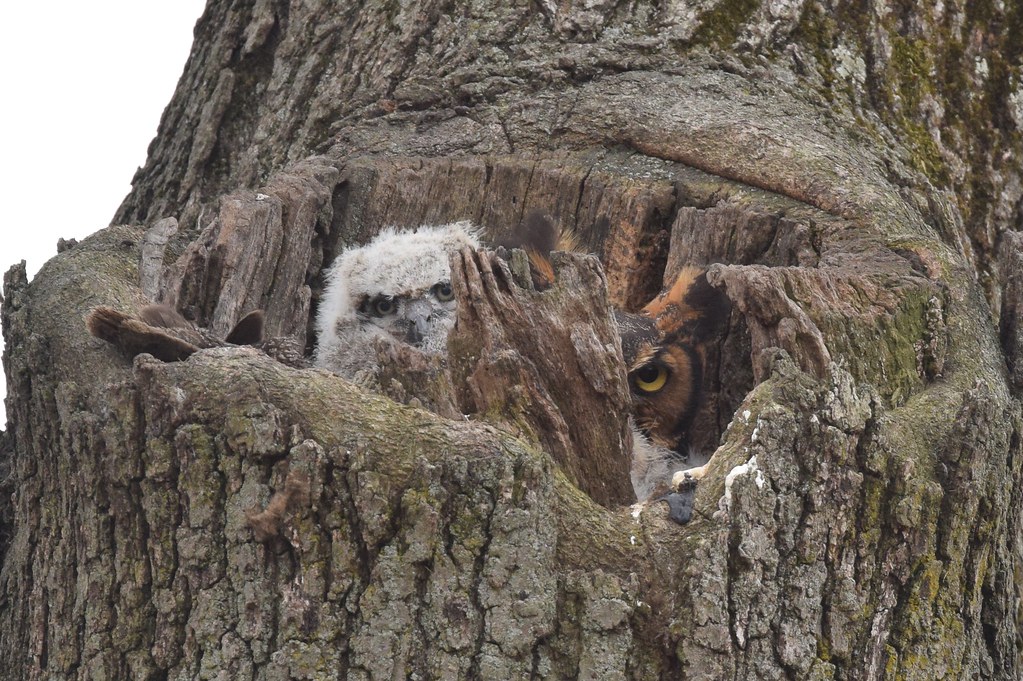
The reproductive strategies of night raptors reveal fascinating adaptations to their nocturnal lifestyle and predatory nature. Most species are monogamous, with pairs often maintaining bonds for multiple breeding seasons or even life. Courtship typically involves elaborate vocal displays, with males demonstrating their fitness through complex calls, flight displays, and food presentations to potential mates. Nesting locations vary tremendously across species—Barn Owls utilize hollow trees and abandoned buildings, Snowy Owls create shallow scrapes on the open tundra, while some tropical owl species may take over the abandoned nests of other birds. Unlike many birds that lay eggs simultaneously, night raptors often practice “asynchronous hatching,” where eggs are laid and begin developing days apart, creating age and size differences among nestlings. This strategy represents an adaptation to unpredictable food supplies; in lean years, only the oldest, strongest chicks survive, while during abundant prey years, all offspring may reach maturity.
Ecological Roles and Importance
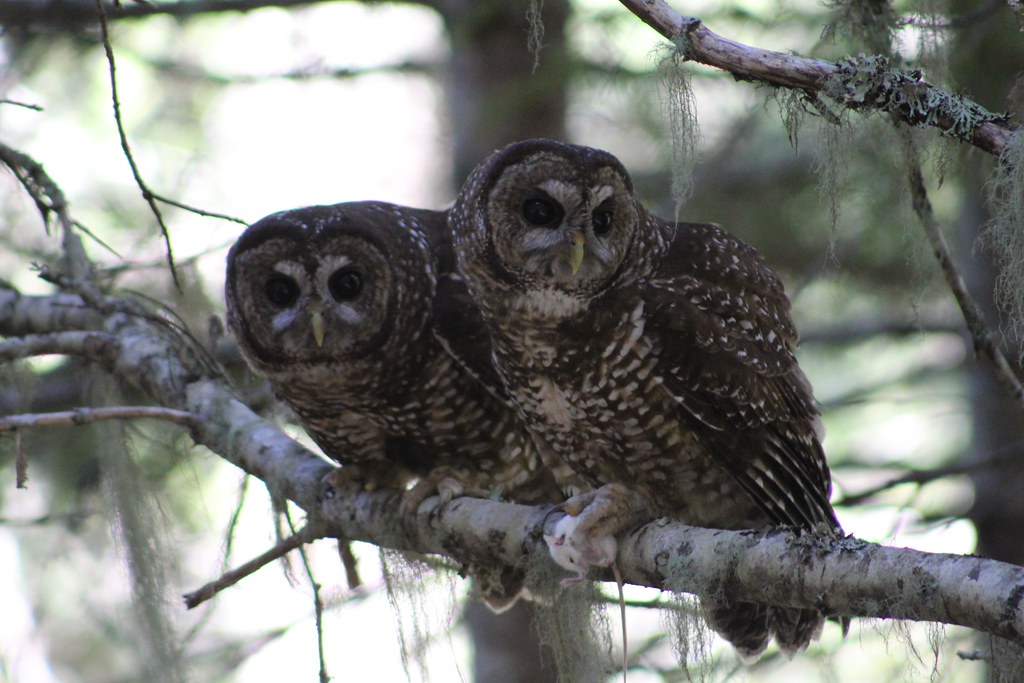
Night raptors serve as critical components of healthy ecosystems, performing essential functions that maintain ecological balance. As apex predators, they regulate populations of small mammals, particularly rodents that might otherwise reach pest proportions. A single Barn Owl family can consume over 3,000 rodents annually, providing natural pest control services valued at thousands of dollars to agricultural operations. Many species serve as indicator species—their presence and breeding success reflect the overall health of their habitats, making them valuable monitoring tools for conservation biologists. Night raptors also participate in complex food web interactions; for instance, the Northern Spotted Owl’s preference for hunting in old-growth forests helped establish protection for these ecosystems in the Pacific Northwest. Additionally, through the deposition of pellets containing undigested prey remains, these birds redistribute nutrients across their territories and create microhabitats for insects and decomposer organisms, further enhancing biodiversity within their ecosystems.
Cultural Significance Across Civilizations
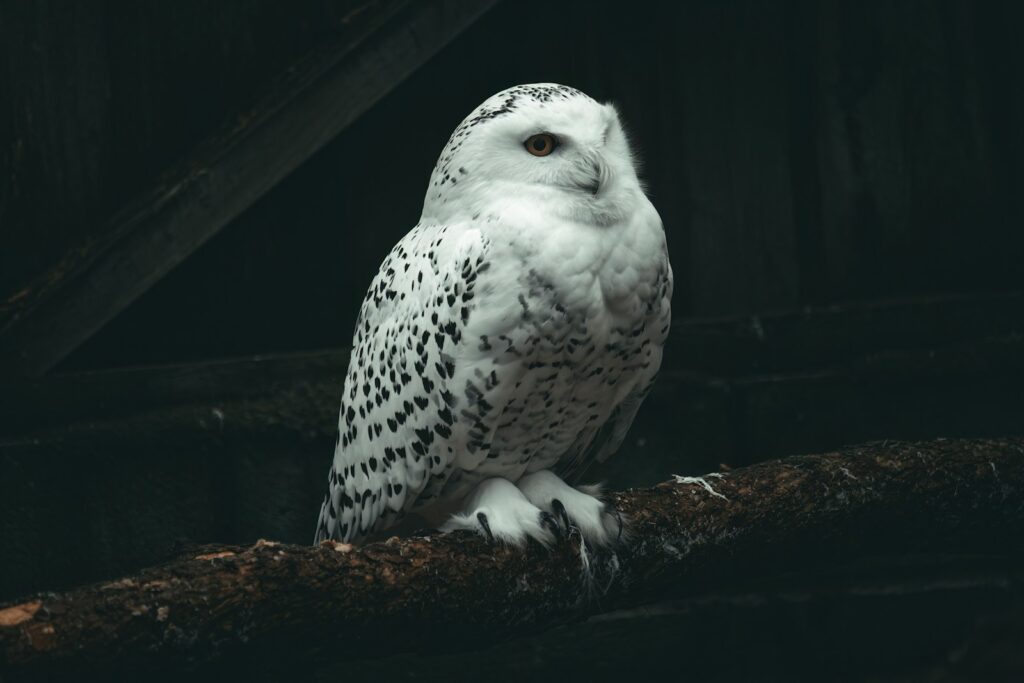
Throughout human history, night raptors—particularly owls—have occupied prominent positions in cultural mythology, art, and spiritual beliefs. Ancient Greek civilization associated owls with Athena, goddess of wisdom, establishing the lasting connection between these birds and intelligence. In contrast, many Native American traditions viewed owls as harbingers of death or powerful spirits associated with the afterlife, their silent flight and eerie calls interpreted as communication from beyond. Ancient Egyptian hieroglyphs featured owl symbols representing the sound “m” and associations with night and death. In Japanese folklore, owls symbolize both good fortune and protection from suffering, while Hindu traditions often depict the goddess Lakshmi with an owl as her vahana (vehicle). Modern culture continues this fascination, with night raptors featured prominently in literature from Shakespeare to J.K. Rowling’s Harry Potter series, demonstrating how these mysterious predators continue to captivate human imagination across cultures and throughout time.
Conservation Challenges and Threats
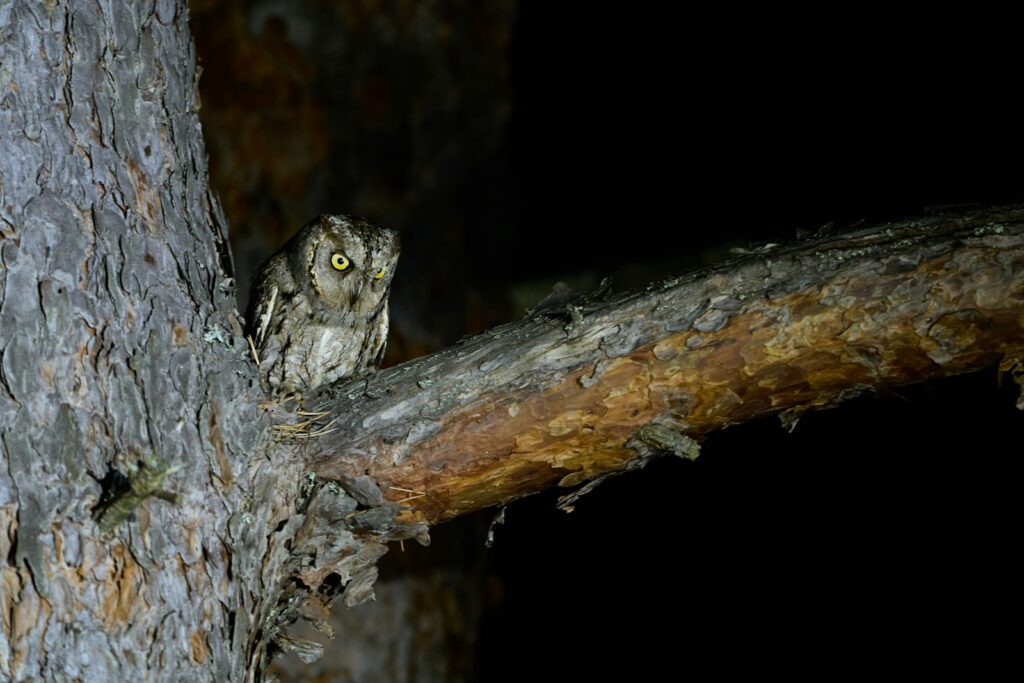
Despite their formidable hunting prowess, night raptors face significant conservation challenges in the modern world. Habitat loss represents the most pressing threat, with deforestation, agricultural expansion, and urban development eliminating crucial nesting sites and hunting territories. Many species face additional pressures from rodenticide poisoning, consuming prey animals that have ingested toxic pest control chemicals that accumulate in the raptor’s tissues, causing internal bleeding and death. Light pollution from expanding human settlements disrupts hunting behavior and breeding cycles, forcing nocturnal specialists to compete with day-active predators or abandon traditional territories. Climate change poses emerging threats through altered prey distributions, shifting habitat zones, and increased frequency of extreme weather events that can destroy nests during breeding season. Vehicle collisions claim countless night raptors annually, particularly species that hunt along roadways where rodent activity is concentrated. Despite legal protections in many countries, illegal shooting, trapping, and nest disturbance continue to impact populations, often driven by persistent superstitions or the illegal pet and feather trades.
Studying the Invisible: Research Challenges
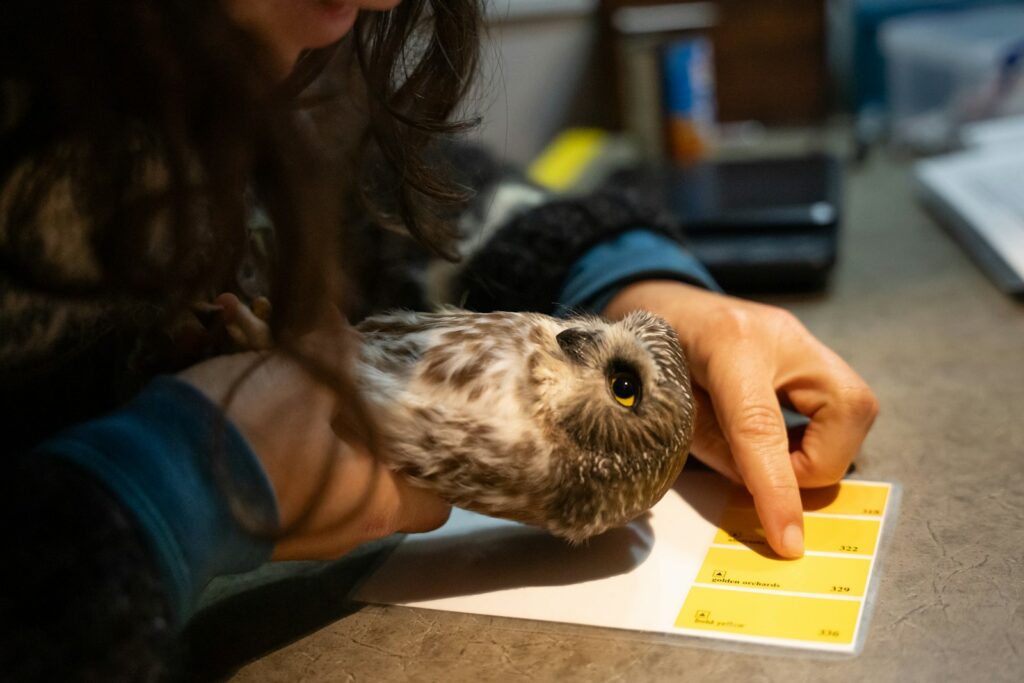
Scientific research on night raptors presents unique challenges that have historically limited our understanding of these fascinating predators. Their nocturnal activity patterns make traditional observational studies difficult, requiring specialized equipment like night vision technology, thermal imaging, and radio telemetry to track movements and behaviors. Many species inhabit remote or inaccessible habitats, from dense tropical forests to Arctic tundra, necessitating expensive and logistically complex expeditions to study wild populations. The naturally low population densities of apex predators means researchers must monitor vast territories to gather statistically significant data, often requiring years of field study to document complete life histories. Recent technological advances have revolutionized night raptor research, with miniaturized GPS transmitters revealing previously unknown migration routes and hunting territories, while DNA analysis of pellets and feathers allows non-invasive study of diet composition and genetic diversity. Bioacoustic monitoring, using automated recording units that capture vocalizations, now enables researchers to document presence and breeding activity across large landscapes without direct observation, significantly expanding our knowledge of these elusive predators.
Living Alongside the Night Hunters
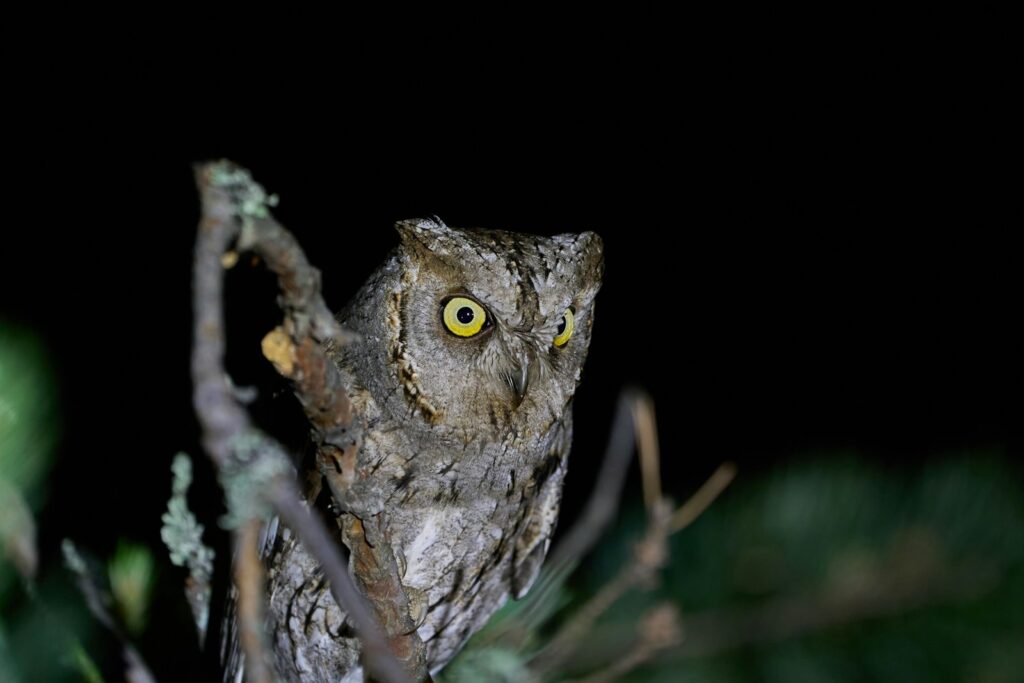
As human development continues to expand into wild habitats, creating positive coexistence strategies with night raptors becomes increasingly important. Many conservation organizations promote the installation of nest boxes and artificial platforms that provide secure breeding sites in areas where natural cavities or suitable trees have been removed. Sustainable agricultural practices that minimize pesticide use not only protect raptors from secondary poisoning but also maintain healthy prey populations that support these natural pest controllers. Urban planning that incorporates dark sky principles—minimizing unnecessary outdoor lighting and using directional fixtures that reduce light pollution—can help maintain viable hunting territories for night raptors even within developed areas. Educational programs that highlight the ecological and economic benefits of these predators help combat persistent negative superstitions and build public support for conservation initiatives. Citizen science projects involving night raptor monitoring engage communities in conservation while gathering valuable data on population trends and distribution, creating stakeholders invested in protecting these magnificent birds for future generations.
In the endless dance between predator and prey, night raptors have achieved an unparalleled mastery of the darkness. Their extraordinary sensory adaptations, specialized hunting techniques, and silent efficiency represent some of the most remarkable evolutionary achievements in the natural world. As we continue to learn more about these ghostlike hunters, we gain not only scientific knowledge but also a deeper appreciation for the complex and beautiful adaptations that allow life to thrive in every niche of our planet—even in the darkest hours of night. By protecting night raptors and their habitats, we preserve not just individual species but entire ecological relationships that have evolved over millions of years, maintaining the delicate balance of our natural world and ensuring that future generations can still experience the thrill of hearing an owl’s call echo through the darkness.
